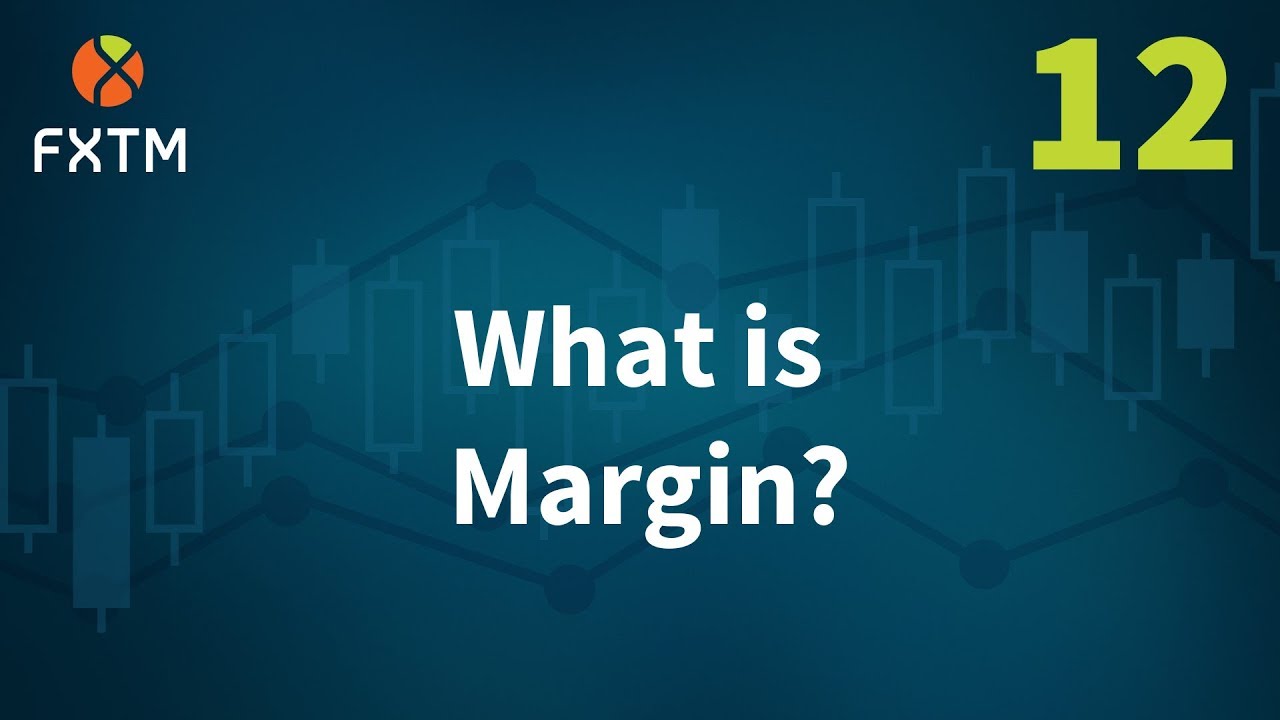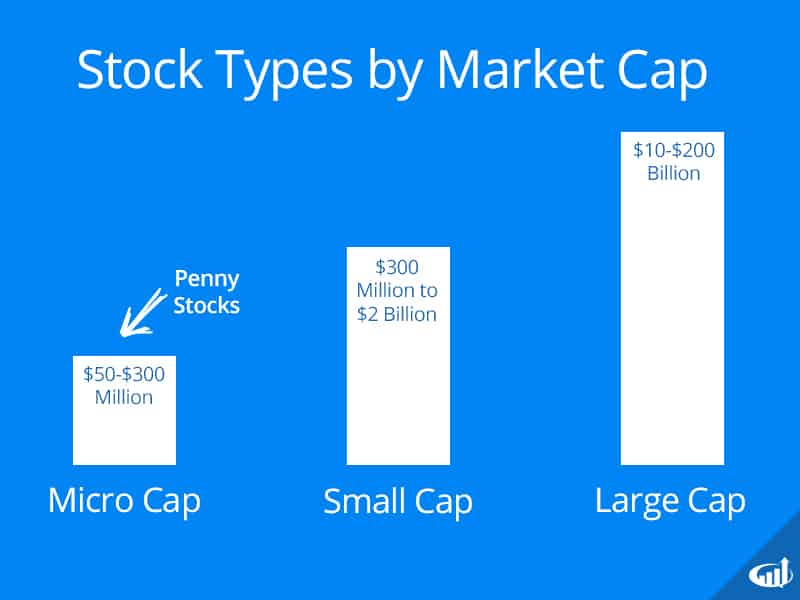
International dividend stocks are a great way for diversification. Many of the biggest companies worldwide have significant overseas exposure. These stocks might also be potential growth vectors for you portfolio.
ETFs are one of the best methods to get international exposure. ETFs that offer international dividends are the best because they provide access to high yielding stocks from outside the US. These ETFs provide instant diversification. These ETFs can be a great addition to your dividend portfolio, and can provide higher yields than traditional stocks.
Many dividend stocks around the world pay their dividends using US dollars. This is advantageous because it allows you to take advantage of foreign tax mitholdings. These tax withholdings are complicated. To find out your exact tax situation, you should consult your broker. This is a good method to ensure you are not paying more taxes than you can afford.

Also, make sure to check with your broker to ensure you have a tax-efficient account. To take advantage of foreign tax withholdings you will need a complicated 1116 form. This form has 24 pages. The best way to avoid having to fill out the form is to invest in companies that have favorable tax treaties with the U.S. You may want to consider an ETF that provides this benefit if you are planning to use the foreign tax withholdings. This benefit is provided by the Powershares International Dividend Achievers ETF.
Walmart is one of the most prominent multinational companies with significant exposure overseas. This company has had a stellar five-year history of dividend payments. The dividend has not been cut. It also has strong DividendRank scores.
There is always risk when investing in dividend stocks. These stocks may not be able to pay out dividends every year or increase their dividends in the future. You could also be subject to tax surprises. A broker should offer low trading fees, and a minimum balance requirement if you are interested in dividend stock investments.
It is important that you understand the difference between an ETF or dividend stock. ETFs can offer higher yields but are not always guaranteed. Additionally, foreign tax withholdings may apply. In some cases, however you might be able to deduct such tax withholdings. Before making any purchase, it is a good idea to speak to your tax advisor.

As an alternative, investors often invest in US-listed stocks. However, international exposure is not possible through this method. ETFs in the United States are a more cost-effective option. The current yield on the iShares Dow Jones International Select Dividend Index stands at 5.22% annually.
Although dividend stocks can be a reliable source for income, there are some risks. You might not be able find the stocks or stocks that interest you, or you may find stocks with less growth potential.
FAQ
What is the trading of securities?
The stock market is an exchange where investors buy shares of companies for money. To raise capital, companies issue shares and then sell them to investors. Investors can then sell these shares back at the company if they feel the company is worth something.
The supply and demand factors determine the stock market price. The price goes up when there are fewer sellers than buyers. Prices fall when there are many buyers.
There are two methods to trade stocks.
-
Directly from the company
-
Through a broker
How do I choose a good investment company?
Look for one that charges competitive fees, offers high-quality management and has a diverse portfolio. Fees are typically charged based on the type of security held in your account. Some companies have no charges for holding cash. Others charge a flat fee each year, regardless how much you deposit. Some companies charge a percentage from your total assets.
You also need to know their performance history. Poor track records may mean that a company is not suitable for you. Avoid companies with low net assets value (NAV), or very volatile NAVs.
You also need to verify their investment philosophy. To achieve higher returns, an investment firm should be willing and able to take risks. If they're unwilling to take these risks, they might not be capable of meeting your expectations.
What is the distinction between marketable and not-marketable securities
The key differences between the two are that non-marketable security have lower liquidity, lower trading volumes and higher transaction fees. Marketable securities are traded on exchanges, and have higher liquidity and trading volumes. They also offer better price discovery mechanisms as they trade at all times. However, there are some exceptions to the rule. There are exceptions to this rule, such as mutual funds that are only available for institutional investors and do not trade on public exchanges.
Non-marketable securities can be more risky that marketable securities. They are generally lower yielding and require higher initial capital deposits. Marketable securities can be more secure and simpler to deal with than those that are not marketable.
For example, a bond issued in large numbers is more likely to be repaid than a bond issued in small quantities. This is because the former may have a strong balance sheet, while the latter might not.
Investment companies prefer to hold marketable securities because they can earn higher portfolio returns.
How do people lose money on the stock market?
The stock market isn't a place where you can make money by selling high and buying low. It's a place you lose money by buying and selling high.
Stock market is a place for those who are willing and able to take risks. They are willing to sell stocks when they believe they are too expensive and buy stocks at a price they don't think is fair.
They want to profit from the market's ups and downs. They might lose everything if they don’t pay attention.
Statistics
- The S&P 500 has grown about 10.5% per year since its establishment in the 1920s. (investopedia.com)
- "If all of your money's in one stock, you could potentially lose 50% of it overnight," Moore says. (nerdwallet.com)
- For instance, an individual or entity that owns 100,000 shares of a company with one million outstanding shares would have a 10% ownership stake. (investopedia.com)
- Individuals with very limited financial experience are either terrified by horror stories of average investors losing 50% of their portfolio value or are beguiled by "hot tips" that bear the promise of huge rewards but seldom pay off. (investopedia.com)
External Links
How To
How to open and manage a trading account
Opening a brokerage account is the first step. There are many brokers that provide different services. Some charge fees while others do not. Etrade, TD Ameritrade and Schwab are the most popular brokerages. Scottrade, Interactive Brokers, and Fidelity are also very popular.
Once your account has been opened, you will need to choose which type of account to open. You can choose from these options:
-
Individual Retirement Accounts, IRAs
-
Roth Individual Retirement Accounts
-
401(k)s
-
403(b)s
-
SIMPLE IRAs
-
SEP IRAs
-
SIMPLE 401 (k)s
Each option has different benefits. IRA accounts have tax advantages but require more paperwork than other options. Roth IRAs permit investors to deduct contributions out of their taxable income. However these funds cannot be used for withdrawals. SIMPLE IRAs are similar to SEP IRAs except that they can be funded with matching funds from employers. SIMPLE IRAs are very simple and easy to set up. Employers can contribute pre-tax dollars to SIMPLE IRAs and they will match the contributions.
Next, decide how much money to invest. This is called your initial deposit. You will be offered a range of deposits, depending on how much you are willing to earn. For example, you may be offered $5,000-$10,000 depending on your desired rate of return. The lower end represents a conservative approach while the higher end represents a risky strategy.
After you've decided which type of account you want you will need to choose how much money to invest. You must invest a minimum amount with each broker. These minimum amounts can vary from broker to broker, so make sure you check with each one.
After deciding the type of account and the amount of money you want to invest, you must select a broker. You should look at the following factors before selecting a broker:
-
Fees-Ensure that fees are transparent and reasonable. Many brokers will offer rebates or free trades as a way to hide their fees. Some brokers will increase their fees once you have made your first trade. Avoid any broker that tries to get you to pay extra fees.
-
Customer service - Look for customer service representatives who are knowledgeable about their products and can quickly answer questions.
-
Security - Choose a broker that provides security features such as multi-signature technology and two-factor authentication.
-
Mobile apps: Check to see whether the broker offers mobile applications that allow you access your portfolio via your smartphone.
-
Social media presence – Find out if your broker is active on social media. If they don’t have one, it could be time to move.
-
Technology – Does the broker use cutting edge technology? Is the trading platform user-friendly? Is there any difficulty using the trading platform?
Once you've selected a broker, you must sign up for an account. Some brokers offer free trials. Others charge a small amount to get started. After signing up you will need confirmation of your email address. Then, you'll be asked to provide personal information such as your name, date of birth, and social security number. Finally, you'll have to verify your identity by providing proof of identification.
Once you're verified, you'll begin receiving emails from your new brokerage firm. These emails contain important information about you account and it is important that you carefully read them. These emails will inform you about the assets that you can sell and which types of transactions you have available. You also learn the fees involved. Keep track of any promotions your broker offers. These could be referral bonuses, contests or even free trades.
The next step is to create an online bank account. Opening an account online is normally done via a third-party website, such as TradeStation. Both websites are great resources for beginners. To open an account, you will typically need to give your full name and address. You may also need to include your phone number, email address, and telephone number. After you submit this information, you will receive an activation code. This code will allow you to log in to your account and complete the process.
Now that you have an account, you can begin investing.